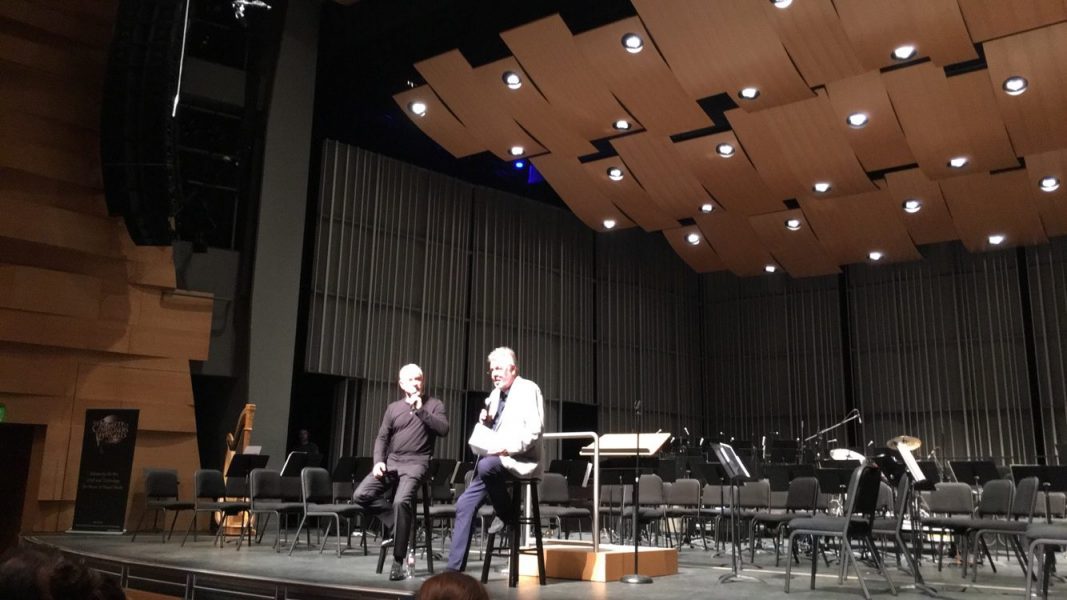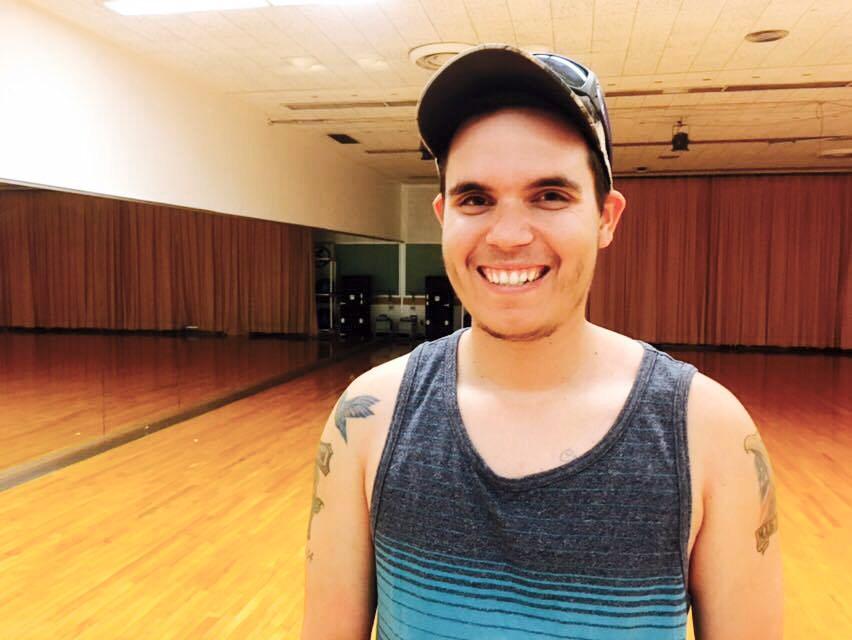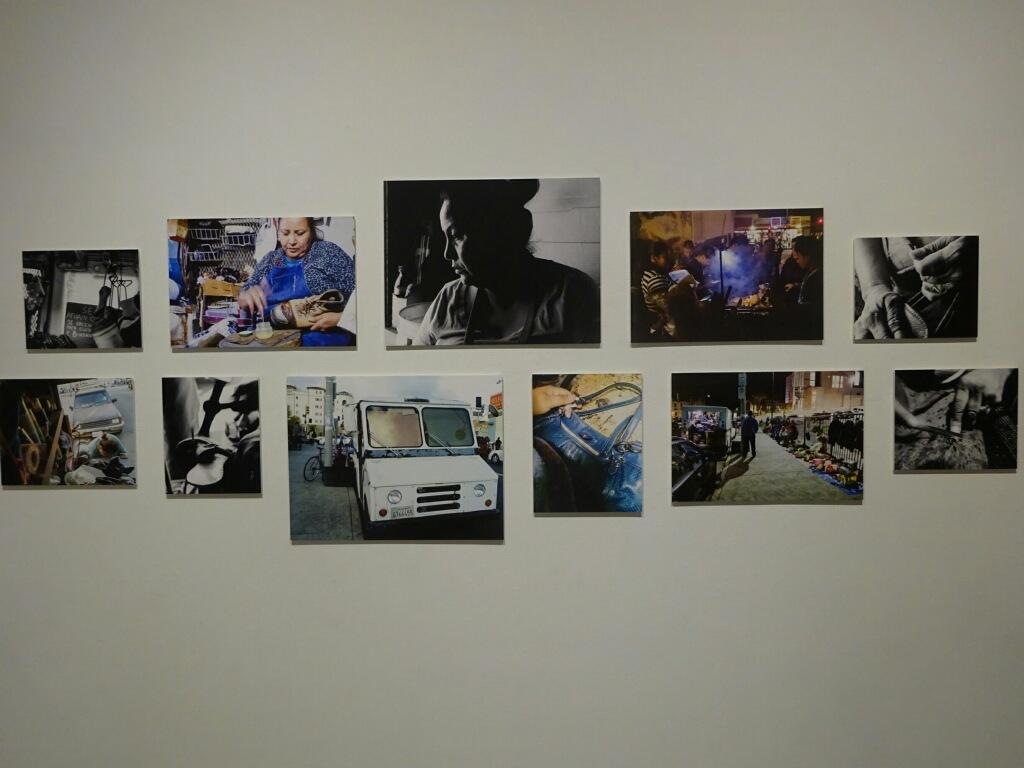The California State University system has developed a program that allows students to participate in the examination of the desert environment.
The 30-year-old Desert Studies Center, which covers 1,280 acres of land, runs courses through the College of Extended Learning at San Bernardino. Although the flyer directs you to the CSU San Bernardino website, it is operated through the CSU system as a research and learning center.
The desert is important to study because it is part of the ecosystem and Californians live on desert land, said Robert Espinoza, associate professor at CSUN.
Students have had the opportunity to study amphibians and reptiles, birds, fish, insects, mammals and plants at the Desert Studies Center, located east of the Mojave Desert just before Bakersfield.
The Bureau of Land Management helped create the Desert Studies Center in 1976. Operated by the Desert Studies Consortium of CSU Fullerton, the CSU system operates this program. Seven CSU campuses are involved: Dominguez Hills, Fullerton, Long Beach, Los Angeles, Northridge, Pomona and San Bernardino.
People all over the world have come to be a part of the Desert Studies Center, said William Presch, director of desert studies. Presch has been the director of the program for 15 years and is also a herpetologist.
The administration offices and coordinator are housed at CSUF while CSUSB administers classes for the center, which originally served as a U.S. Army Outpost in 1860.
The Mojave Desert is a good place to study because it is large and local, said Espinoza, who used the center as an institution for his biology class.
This program is open to all who are enrolled in any academic accredited college, said Sondra Richards, director of the extension program.
“Some may see it as a nice weekend getaway,” said Richards.
At the center, students live in dormitory rooms while other facilities include classrooms, library, and restrooms. Students can stay either for one night or up to 12 days.
Furthermore, this is also a course that can be taken over during winter 2007. It can cost $310 when taken for credit or $210 when taken without credit.
This program is held every quarter except for summer quarter, Richards said. Because the desert heat is unbearable, temperatures can reach up to 140-150 degrees.
There is a lot of mystery about the desert such as the geology and rock art, Richards said. There are some students who repeat the course because of their enjoyable past experience.
Californians are not the only people taking the course, Richards said. People come from all over including those in the Inland Empire as well as Las Vegas.





